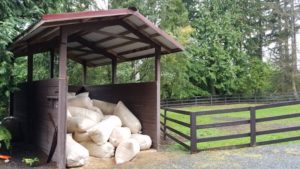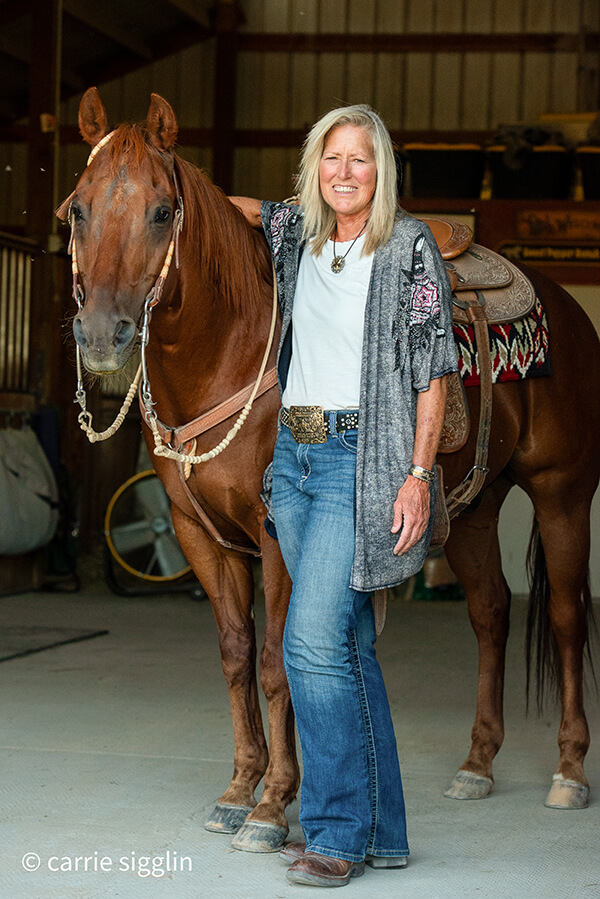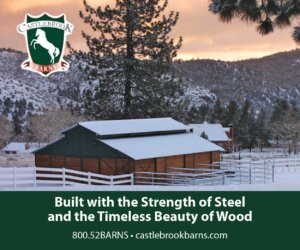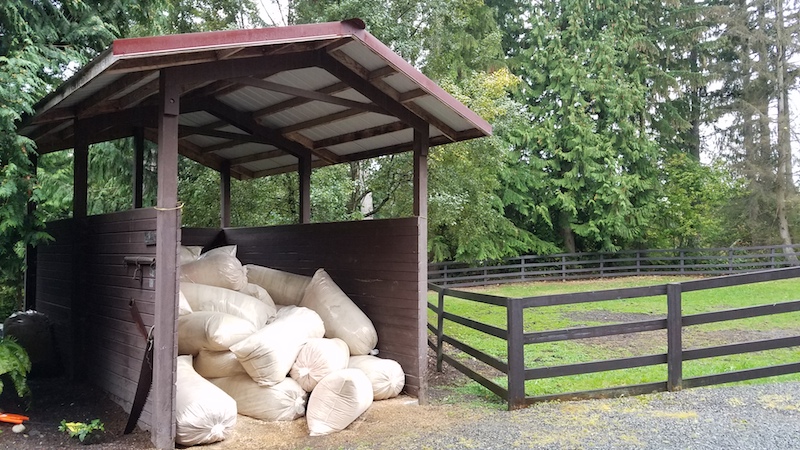Nine Points for Choosing the Best Bed for Your Horse
By Alayne Blickle

The primary reason for using bedding should be to absorb urine and moisture. Unless a horse is confined strictly to a stall, using less bedding will save chore time and money. Plus, it means less material for you to deal with in the compost pile.
When selecting bedding material, here are nine things to consider.
Safe for Horses
There should be no contamination with foreign objects like metal or glass and no toxic properties. Some trees like black walnut and black locust are poisonous to horses. Never use wood chips from these trees. If you have concerns check with your veterinarian.
Absorbent
The primary purpose for bedding is to absorb urine and moisture. The more absorbent a bedding is, the lower the levels of ammonia will be in your barn. A very absorbent bedding will allow you to reduce the amount of bedding you use, thus saving money.
Easy to Compost
Consider how well the material composts. If you plan to use the final product on your property, or even if you plan to give it or haul it away, what’s in your stall waste may either deter or encourage folks, and may or may not be good for the garden.
Available
Is the bedding supplier a readily available source?
Easy to Store
How do you store it—bagged, loose, baled? Do you need a dedicated space? How much space is needed and where? Inside or outside? Do you need to have a space built to specific dimensions to accommodate a delivery vehicle? Many beddings are now available bagged. With the simple addition of a tarp or other similar material, they can be stored outside—a space-savings bonus.
Low Dust
It is never healthy for horses or humans to be breathing dust or other small particles, but if you have a family member or a horse with respiratory issues this will be a major concern.
Chore Efficient
Is it easy to handle the material to put into stalls as well as pick manure from it? Even if you pay someone else to clean your stalls this can affect you by costing you more if it takes them longer to clean.
Sustainable
Consider whether the product you are choosing has environmental impacts. Peat (sphagnum moss) is a type of plant cultivated from bogs in Canada. The jury’s still out on whether it’s considered a renewable resource since it can take hundreds of years (or more!) for these plants to grow.
Cost
Evaluate whether the product is cost-effective.
Join Alayne Blickle at these upcoming Horses for Clean Water events:
Boise, ID
Idaho Botanical Gardens
Wednesday, April 11, 6:30 – 8:30 PM
Horse Pasture Management – Growing Great Horse Pastures & Controlling Weeds
208-343-8649
Molalla, OR
All Day Workshop: Pasture Management, Horse Healthy & Track Paddocks
Plus! Firewise for Horse Owners – [email protected] or 503-210-6002
Online
Join Alayne Blickle in these virtual, live programs which are fun and informative.
Monday evenings, 6 – 7 PM, Pacific Time. Register at Horses for Clean Water.com or [email protected]
May 7, Least Toxic Pest Control
May 14, Firewise for Horse Owners

Alayne Blickle began in the 1990’s as a pioneer in water conservation and natural resources conservation by creating the entrepreneurial consulting business, Horses for Clean Water, an award-winning internationally acclaimed education program that looks for horse-healthy, nature-based solutions to land management challenges. She continues this work today partnering with agencies, organizations, and horse owners throughout North America and worldwide. She is a regularly contributing writer and photojournalist to several equine publications.
Alayne lives with her horse trainer husband, Matt Livengood, in southwestern Idaho where they raise and train AQHA horses and mustangs on their eco-friendly horse ranch. Contact her through the Horses for Clean Water website or through their ranch website Sweet Pepper Ranch.
For more information contact Alayne at [email protected] or 206-909-0225.






